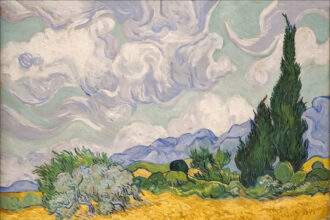The Frick Collection reopened this month after a five-year, $220 million renovation. The project nearly doubled the museum’s gallery space and restored the mansion’s second floor to its original state as the Frick family residence. Xavier Salomon, Deputy Director and Chief Curator, said, “This is going to be a unique opportunity to see new spaces, more works of art, great new areas of the collection and to understand the house as a whole in a much, much better way.”
The renovation added 10 new galleries, improved accessibility, and enhanced lighting to showcase the collection’s masterpieces by artists like Vermeer, Velazquez, Rembrandt, and Goya.
The second floor now features antique furniture, marble flooring from the same quarry as the original, and loom-spun wall coverings. Heidi Rosenau, Director of Communications, noted that the expansion was necessary to address deferred projects and bring the museum into the 21st century. The new lighting has made a significant difference in viewing the paintings, which are displayed without glass barriers or velvet ropes.
The Frick Collection first opened in 1935, and it quickly became apparent that more space was needed.
Frick Collection expansion and enhancements
The current renovation increases the display of 14th to 19th-century art from 25% to 47% of the collection.
General admission will now start at $30, up from $22 before the renovation. Discounts are available for students, seniors, and military service members, while admission is free for visitors between 10 and 18 years old. Children under 10 are not permitted due to the priceless art and furniture on display.
Rosenau emphasized the museum’s goal of engaging visitors with art, saying, “What Frick wanted was to create an institution where people can be up close with art and enjoy it on their own terms. It’s about engaging with the art … and reaching New York in a better, welcoming way.”
The Frick Collection reopens to the public on April 17, with preview days for members on April 9 and 13. Upcoming exhibitions include “Highlights of Drawings,” “Vermeer’s Love Letters,” and Kanevsky’s porcelain flowers.













